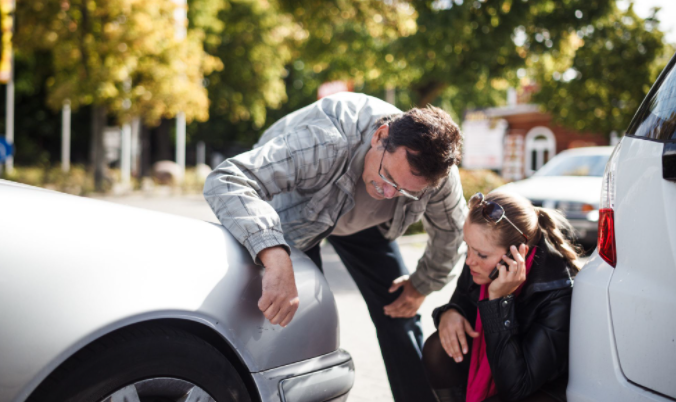Your State of Residence Will Affect Your Car Insurance!
Several different responsibilities come with owning a car, the topmost being the inevitable financial responsibilities. This is where car insurance comes into play. This policy provides much-needed financial coverage in case of an accident or damage to your car or the other party’s car. Yet, the pressing question is how many cars insurance coverages does one need? Read on to find out more!
The insurance cost for each state varies, depending on the law of the state and the level of risk attached. For instance, Bankrate stated auto insurance in California costs a minimum of $733 and full coverage costs about $2,065 for liability, collision, and personal injury protection. At the same time, Texas has a minimum car insurance cost of $524 per year and full coverage of $1,823 for liability, collision, and comprehensive.
In addition to that, certain coverage is a must-have for each state, like the liability and under/uninsured motorist protection.
Types of Coverage
The different types of coverage available for car insurance are:
1. Personal Injury Protection (PIP)
Regardless of who is at fault, PIP covers the cost of medical bills resulting from an accident. It also gives financial settlement in cases where the accident leads to a loss of wages.
2. Uninsured (UM)/Underinsured (UIM) Motorist Protection
UM/UIM provides coverage for the cost of repair and medical bills in a situation where the at-fault driver does not have enough insurance or if, in the worst-case scenario, they don’t have any insurance.
3. Collision Coverage
Collision coverage covers damage to your car due to an accident. It covers any form of collision, either with another vehicle or a stationary object.
4. Comprehensive Coverage
Comprehensive insurance covers damage to your car not related to an accident, such as vandalism, fire damage, storm damage, damage from falling objects, and even theft.
5. GAP Insurance
Guaranteed Asset Protection (GAP) insurance pays the difference between the market value of your car and the actual value. This kind of insurance is only applicable if you have an outstanding car loan.
6. Liability Insurance
Liability coverage compensates the other driver/party if you are liable for the damage caused to them. It covers bodily injury and property damage. In other words, it pays for their medical expenses and covers the cost of repair or replacement of their property.
How Much Insurance Do You Need?
The state you live in has an average, but it is not ideal. The state minimum does not provide enough coverage when you need it. Here is an estimate of how much auto insurance you should get.
For liability coverage, it should be high enough, higher than the state’s average, to provide the best coverage. It is written as 15/30/5 in state’s average, but you need 100/300/100 or more. 100 for a single bodily injury, 300 for multiple bodily injuries, and 100 for property damage.
Underinsured/uninsured motorist coverage should be the same amount as your liability coverage which is 100/300/100.
Collision and comprehensive coverage are not required by state law but are important for a loan. It is determined by your deductible—the higher your deductible, the lower your insurance cost.
PIP and medical coverage are also optional, but it should be high to provide enough coverage. You can leave it at 100/300/100 or come down to 50/100/50 if you can’t afford it.
